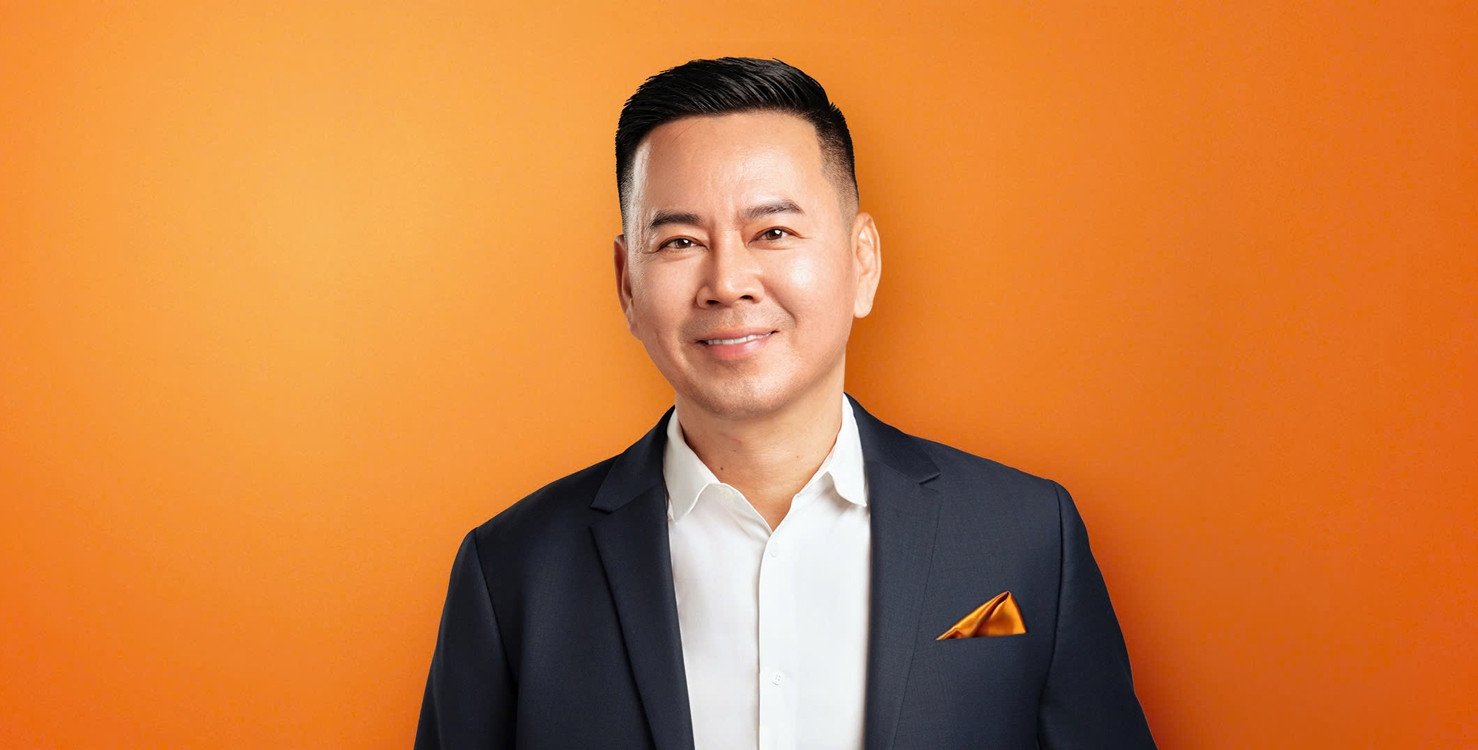According to experts, each person needs to control income and expenditure, have optimal borrowing and debt repayment plans, build an investment portfolio and financial protection plans.
I once heard that there are four pillars of personal finance: debt repayment, savings, insurance, and investment. If you follow these steps in order and prioritize them, you will have a solid foundation for your personal finances.
According to experts, is the above knowledge correct? How should I understand the pillars of personal financial management?
Thanh Thao (31 years old)

Managing income and expenses and practicing the habit of saving are some of the things you need to do when managing your personal finances. Photo: Forbes
Consultant:
When building a personal financial plan, it is necessary to ensure the presence of the following five aspects: managing income and expenses, optimizing cash flow; building an optimal borrowing and debt repayment plan; building an investment portfolio suitable for risk appetite, investment goals and financial needs; building financial protection plans in case of incidents; other aspects include personal income tax, pension funds, social insurance, inheritance and marriage.
So the four pillars you mentioned are just parts of the personal finance picture, not the whole picture. Here are the five aspects of personal finance management.
Manage income and expenses and optimize cash flow
Just like building a house, this is how to create a solid foundation. You need to ensure that the cash inflow (income) is optimized and the cash outflow (expenditure) is ensured appropriately, avoiding the situation of going too far, where income cannot cover expenses.
At this step, you can follow many methods such as the "50-30-20 formula" including 50% for essential expenses, 30% for enjoyment and entertainment, and 20% for savings and investment. However, the formula will change for different income levels. For income and expense management, I advise you to avoid the following situations.
First, spend money on wants rather than necessities, emotional spending, temporary desires rather than "must-haves". You should review your spending activities to ensure they are reasonable, accurate, and cut out excess spending.
Second, spend for the short term rather than the long term. Remember, disciplined spending habits create sustainability in the future, you cannot create a 30-year retirement fund by spending short-term, or saving too little (<10% of income). Always set aside a long-term future spending for yourself.
In addition to ensuring that your spending is reasonable, don't forget that you need to increase your income sources through learning and developing new skills. Diversifying your income sources helps ensure good risk management, while also helping to increase sustainable assets. Every skill you learn is an opportunity to increase your income, and constantly learn to be able to create multiple cash flows.
Restructuring loans and debt
Paying off debt is one part you mentioned and optimizing your loan is the other. The principle to remember is to reduce debt, borrow wisely.
Debt should always be within your ability to pay from your monthly income. There are two types of debt to distinguish: long-term debt on investment assets (such as home loans) or short-term debt on consumable assets (such as loans to buy phones, laptops). For long-term debt on investment assets, the monthly payment is the cost of saving and investing, which should be at most 30% of income.
For short-term debt on consumable assets, the monthly payment is for enjoyment and entertainment expenses, which should be at 10-15% of income. When paying off debt, you can pay in two ways, small payments first or large payments first, depending on your circumstances.
The second is to optimize for smart loans. Instead of paying high interest rates, if you take the time to learn about loan conditions according to the criteria of loan amount, interest rate, floating interest rate, preferential period, accompanying conditions such as insurance incentives, prepayment penalties, you can have extra money from smart loans. That is a not small cash flow if your loan package is large and long-term. For example, customer A borrows 12% per year at bank B while bank C has a loan package of 10% per year. If customer A chooses bank C instead of bank B, this person will have extra money to spend on other things.
Smart Investing and Portfolio Optimization
In investing, you should not "put all your eggs in one basket" and must know how to allocate your investment portfolio to optimize profits and manage risks. If you do not have much time and experience, start with a small amount of capital, or regularly accumulate assets safely. Seeking out experts and financial advisors is also a way for those with little experience.
Build financial contingency plans
This is about preparing for unexpected risks. You need to understand that there are two main types that lead to financial loss or complete loss of income.
First, losing your job or being fired. This situation requires you to switch to a new job or need a period of adjustment. Building a contingency fund for this case, from 3-6 months of income, is necessary and advisable.
Second, there are unexpected events such as accidents, illness, serious illness or even early death while at working age. There are many backup plans for these situations, but the most basic are health insurance and social insurance. However, with the current need to "eat well, dress well", considering owning life insurance or health insurance is a good thing to do. Similar to investments, you need to be careful, thorough and find quality experts and advisors because the insurance period is long, and this is a complex product line because it includes both savings and investment.
Other aspects of personal finance
In personal finance, social security, pension funds, personal income tax and other taxes, inheritances and marital assets are also issues you should be concerned about. Short-term concerns are taxes and marital assets. Long-term issues include pension funds, inheritances and social security. Having a better understanding of these aspects will also help you create a solid financial foundation for the future.
Tran Manh Hoang Viet
Personal Financial Planning Expert
at FIDT Investment Consulting and Asset Management Company
Source link


![[Photo] President Luong Cuong receives Ethiopian Prime Minister Abiy Ahmed Ali](https://vstatic.vietnam.vn/vietnam/resource/IMAGE/2025/4/16/504685cac833417284c88a786739119c)
![[Photo] Many practical activities of the 9th Vietnam-China border defense friendship exchange](https://vstatic.vietnam.vn/vietnam/resource/IMAGE/2025/4/16/3016ed3ef51049219574230056ddb741)
![[Photo] Opening of the 4th Summit of the Partnership for Green Growth and the Global Goals](https://vstatic.vietnam.vn/vietnam/resource/IMAGE/2025/4/16/488550ff07ce4cd9b68a2a9572a6e035)
![[Photo] Opening of the Exhibition on Green Growth](https://vstatic.vietnam.vn/vietnam/resource/IMAGE/2025/4/16/253372a4bb6e4138b6f308bc5c63fd51)
![[Photo] President Luong Cuong meets 100 typical examples of the Deeds of Kindness Program](https://vstatic.vietnam.vn/vietnam/resource/IMAGE/2025/4/16/ce8300edfa7e4afbb3d6da8f2172d580)
![[Photo] National Assembly Chairman Tran Thanh Man meets with Ethiopian Prime Minister Abiy Ahmed Ali](https://vstatic.vietnam.vn/vietnam/resource/IMAGE/2025/4/16/c196dbc1755d46e4ae7b506c5c15be55)





























































































Comment (0)